.png)
Deciding on the perfect destination for cosmetic surgery is a significant choice, especially when considering the global leaders in aesthetic innovation: South Korea and Japan. Both nations offer world-class medical facilities and highly skilled surgeons, yet their approaches to beauty, patient care, and surgical techniques present distinct advantages for different patients. This guide will meticulously compare these two powerhouses, helping you navigate their unique offerings to find the ideal path for your aesthetic transformation.
Choosing Your Aesthetic Journey: South Korea or Japan?
South Korea has cemented its reputation as the global capital for cosmetic surgery, particularly in Seoul's renowned Gangnam district, attracting international patients seeking dramatic transformations and adherence to popular K-beauty standards. Known for its cutting-edge technology, high patient volume, and specialized procedures like facial contouring and double eyelid surgery, Korea promises efficiency and often more competitive pricing for extensive work.
Japan, while perhaps less overtly advertised for cosmetic tourism, offers a highly sophisticated and discreet approach to aesthetic medicine. Japanese plastic surgery emphasizes precision, natural-looking results, and a focus on subtle enhancements that complement individual features rather than overtly altering them. With a strong emphasis on patient privacy, meticulous care, and long-term results, Japan appeals to those seeking refined, undetectable improvements, particularly in anti-aging and reconstructive procedures.
The choice between these two aesthetic giants often hinges on your personal philosophy of beauty, desired outcomes (bold transformation vs. subtle refinement), budget, and the specific procedures you are seeking. Understanding these distinctions is crucial for making an informed decision that aligns perfectly with your aesthetic goals.
Cosmetic Surgery in South Korea vs. Japan: A Detailed Comparison Table
Key Capabilities: South Korea's Innovation vs. Japan's Precision
South Korea's Aesthetic Edge: Bold Transformations & Modern Trends
South Korea's cosmetic surgery industry is a global leader in innovation and efficiency, particularly for patients seeking significant changes. Its key capabilities include unparalleled expertise in facial bone contouring (jawline, cheekbones), highly refined double eyelid surgery, and advanced rhinoplasty procedures. Clinics in Seoul are equipped with the latest surgical technologies and often feature specialized departments for each procedure, ensuring a high degree of expertise. The country excels in delivering results that align with contemporary K-beauty standards, offering dramatic yet harmonized transformations. The competitive environment fosters continuous improvement and a wide array of specialized surgeons, making it a hotspot for those desiring a complete aesthetic overhaul.
Furthermore, South Korea has a robust medical tourism infrastructure, providing comprehensive packages that often include translation services, accommodation assistance, and dedicated post-operative care, making the entire journey seamless for international patients. This patient-centric approach combined with high-volume experience makes Korea an attractive choice for complex and popular aesthetic procedures.
Japan's Refined Strengths: Subtle Artistry & Lasting Naturalness
Japan's cosmetic surgery, while more understated, is renowned for its precision, meticulous detail, and emphasis on achieving highly natural and subtle results. The nation's strengths lie in procedures that enhance existing beauty without obvious signs of surgery. This includes advanced anti-aging treatments such as delicate facelifts, sophisticated dermal fillers, and precise blepharoplasty, alongside excellent reconstructive surgery. Japanese surgeons are celebrated for their artistic eye and conservative approach, prioritizing long-term patient satisfaction and safety over fleeting trends. Their rigorous training often includes extensive reconstructive backgrounds, lending them an exceptional understanding of anatomy and tissue preservation.
Japanese clinics are known for their calm, discreet environments, offering highly personalized care. The focus is on quality over quantity, with surgeons often taking more time for consultations and ensuring the patient's vision aligns with what is naturally achievable. For patients prioritizing subtlety, longevity, and a highly personalized, private experience, Japan offers an unmatched level of refined aesthetic care.
Cosmetic Surgery in South Korea: Pros And Cons for International Patients
Pros of Cosmetic Surgery in South Korea
- Cutting-Edge Technology & Innovation: Home to some of the world's most advanced aesthetic technologies and surgical techniques, especially in facial contouring and eye surgeries.
- Specialization & Expertise: Surgeons often specialize in very specific procedures, leading to deep expertise and high success rates for those particular operations.
- Competitive Pricing: Due to high patient volume and competition, many procedures can be more affordable than in Western countries, offering excellent value for money.
- Comprehensive Medical Tourism Infrastructure: Clinics offer all-inclusive packages, including airport transfers, accommodation, translation services, and intensive post-op care.
- Dramatic, Transformative Results: Ideal for patients seeking noticeable and significant changes that align with popular beauty trends, such as the V-line jaw or 'idol-like' eyes.
- Advanced Post-Operative Care: Many clinics provide dedicated swelling management, recovery houses, and frequent follow-ups to ensure a smooth and fast healing process.
Cons of Cosmetic Surgery in South Korea
- Risk of Over-Standardization: With a focus on trending aesthetics, some patients might find results lack individuality or look too similar to others.
- Potential for Overtreatment: The competitive market can sometimes lead to suggestions for more procedures than might be necessary or desired.
- Fast-Paced Environment: High patient volume can sometimes result in less personalized attention during consultations compared to Japan's more meticulous approach.
- Post-Op Swelling & Downtime: While care is comprehensive, the procedures themselves can be quite invasive, leading to significant swelling and a noticeable recovery period.
- Pressure to Achieve Ideals: Patients might feel internal or external pressure to conform to specific 'K-beauty' ideals rather than their own unique aesthetic goals.
Plastic Surgery in Japan: Pros And Cons for International Patients
Pros of Plastic Surgery in Japan
- Natural, Undetectable Results: Japanese surgeons excel at subtle enhancements that maintain individuality and avoid an 'operated' look.
- Meticulous Precision & Detail: Renowned for their artistic skill and rigorous attention to fine details, resulting in highly refined outcomes.
- Emphasis on Patient Privacy: Clinics prioritize discretion and offer a private, calm experience, appealing to those who prefer their procedures to remain confidential.
- Exceptional Safety Standards: Adherence to strict medical protocols, high-quality facilities, and thoroughly trained, often reconstructive-background surgeons.
- Conservative & Long-Lasting Approach: Surgeons often recommend less aggressive interventions, aiming for results that age gracefully and are sustainable over time.
- Excellent for Reconstructive Needs: Strong foundation in reconstructive surgery translates to superior skills in complex aesthetic corrections and revisions.
Cons of Plastic Surgery in Japan
- Higher Costs: Generally, procedures in Japan are more expensive than in South Korea or many other Asian destinations, reflecting the premium service.
- Potential Language Barrier: While major clinics offer English support, it might be less pervasive, requiring more effort to navigate daily life outside the clinic.
- Less Emphasis on Dramatic Changes: Not ideal for patients seeking very aggressive or trend-driven aesthetic transformations.
- Less Overt Medical Tourism Infrastructure: While welcoming, clinics might not offer the same extensive all-inclusive packages and dedicated tourist services as Korea.
- Longer Consultation/Procedure Times: The meticulous approach can mean longer waits for appointments and potentially longer in-clinic time.
Understanding Beauty Philosophies: Korean Trends vs. Japanese Subtlety
The Korean Aesthetic Vision: Achieving 'K-Beauty' Ideals
The Korean approach to beauty is deeply influenced by the 'K-beauty' phenomenon, which champions a specific set of ideals: a small, V-shaped face, large, 'innocent' eyes (often achieved with double eyelid surgery), a high, defined nose, and porcelain-like skin. South Korean surgeons are masters at creating these highly sought-after features, often utilizing complex facial contouring to reshape bone structure. Patients often come with clear references, aiming for a look that is both aspirational and recognizable within the current beauty trends. The process is often fast-paced, aiming for efficient and impactful transformations, making it a popular choice for those wanting to embrace a modern, trend-conscious aesthetic.
The Japanese Beauty Philosophy: Harmony, Balance, and Natural Enhancement
In contrast, Japanese cosmetic surgery embodies a philosophy of subtle enhancement and preserving one's unique identity. The goal is often not to dramatically alter features but to refine them, achieving a more youthful, harmonious, or balanced appearance without signs of intervention. Japanese surgeons excel in delicate procedures that improve facial symmetry, address signs of aging discreetly, or enhance features like the eyelids and nose in a way that looks entirely natural. Emphasis is placed on meticulous planning, artistic judgment, and minimizing invasiveness. Patients seeking to enhance their existing beauty with refined, undetectable results, respecting their individual characteristics, will find Japan's approach deeply resonant.
Safety Standards and Surgeon Qualifications in Asia's Top Destinations
Both South Korea and Japan are global leaders in medical innovation, and this extends to their cosmetic surgery sectors. Patients can expect high safety standards, state-of-the-art facilities, and highly qualified surgeons in both nations.
In South Korea, many leading clinics adhere to international accreditation standards, such as Joint Commission International (JCI), ensuring rigorous patient safety protocols and quality of care. Surgeons undergo extensive training, often specializing deeply in specific areas (e.g., facial contouring, eye surgery). Government regulations are in place to oversee medical facilities and practice, though the sheer volume of clinics necessitates thorough research to identify reputable providers. Many top surgeons have also undergone training abroad, bringing international best practices to their clinics.
Japan similarly boasts an excellent medical infrastructure. Japanese plastic surgeons often have a strong foundation in reconstructive surgery before moving into aesthetics, providing a comprehensive understanding of human anatomy and surgical techniques. While JCI accreditation is less common than in Korea (due to different national accreditation systems), Japanese medical standards are inherently very high. Emphasis is placed on continuous education, ethical practice, and patient-centered care. Patients can be confident in the meticulous approach to safety, sterility, and long-term results that Japanese clinics provide.
Regardless of your chosen destination, it is paramount to verify your surgeon's credentials, board certifications, and the clinic's accreditation. PlacidWay assists by vetting clinics and surgeons to ensure they meet stringent quality and safety benchmarks, offering peace of mind to international patients.
Navigating Your Journey: Logistics, Language, and Support for International Patients
For international patients, understanding the logistical aspects of their medical journey is as crucial as the surgery itself.
In South Korea, particularly in Seoul, the medical tourism industry is highly developed. Many large clinics have dedicated international patient departments with English-speaking (and often Chinese, Japanese, Russian, etc.) coordinators and interpreters. These teams assist with everything from initial consultations, booking appointments, visa information, airport transfers, and even recommending post-operative recovery accommodations. This comprehensive support system makes the experience relatively seamless for those unfamiliar with the local language or customs. You'll find many services tailored to international visitors, making it an accessible option for cosmetic procedures like rhinoplasty in Seoul price conscious seekers.
Japan offers a different experience. While major international clinics in cities like Tokyo and Osaka do provide English support, it may not be as extensive or widespread as in Korea. Communication outside the clinic for daily activities might require basic Japanese phrases or translation apps. The focus is more on individual patient care rather than a broad medical tourism package, which means patients might need to arrange more of their logistics independently or through a medical facilitator. However, the high standard of service and hospitality ensures a comfortable stay. Patients seeking specific procedures like a facelift in Tokyo cost considerations might find PlacidWay helpful in navigating these nuances.
Real Stories from Patients: Transformations and Experiences
Chloe, USA (South Korea)
"I chose Seoul for my facial contouring and rhinoplasty. The results are amazing – exactly the V-line and defined nose I dreamed of! The clinic staff were incredibly supportive, and the recovery house was a lifesaver. South Korea truly is the best for dramatic aesthetic changes."
Akari, Singapore (Japan)
"My experience in Tokyo for a subtle eyelid lift and fillers was exceptional. The surgeon's precision was incredible, and no one can tell I had anything done – just that I look refreshed and younger. The discretion and calm environment were exactly what I needed. Highly recommend Japan for natural results."
Tom, Australia (South Korea)
"I traveled to South Korea for my male rhinoplasty and found the entire process very efficient. The initial consultation to the post-op care was well-managed, and my results are fantastic. The cost for such high-quality work was also a huge factor. Very happy with my choice."
Sayuri, USA (Japan)
"For my breast augmentation, I wanted a very natural look, and Japan's aesthetic philosophy perfectly aligned with that. The surgeon was incredibly detailed, explaining every step. The recovery was peaceful, and the results are perfectly subtle, exactly what I hoped for. Worth the investment."
Frequently Asked Questions About Cosmetic Surgery in South Korea and Japan
1. What are the main differences in cosmetic surgery philosophy between South Korea and Japan?
South Korea generally emphasizes dramatic transformations and trending aesthetics, often focusing on facial contouring, double eyelid surgery, and rhinoplasty to achieve a more 'Westernized' or idol-like appearance. Japan, conversely, prioritizes subtle enhancements, precision, and natural-looking results, often focusing on anti-aging procedures and improvements that harmonize with individual features rather than significantly altering them.
2. How do the costs of cosmetic surgery compare between South Korea and Japan?
Generally, cosmetic surgery in South Korea can be more cost-effective, especially for popular procedures like double eyelid surgery, rhinoplasty, and facial contouring, due to higher patient volume and a more competitive market. Japan tends to have higher prices for similar procedures, reflecting its emphasis on meticulous detail, longer consultation times, and a premium service experience.
3. Which country is better for specific procedures like facial contouring or natural anti-aging?
South Korea is renowned globally for advanced facial contouring surgeries, including jawline reduction and zygoma reduction, as well as highly specialized rhinoplasty and double eyelid procedures. For natural anti-aging treatments, subtle facelifts, and precise scar revisions, Japan is often preferred due to its focus on delicate, long-lasting, and undetectable results.
4. What are the safety standards like for cosmetic surgery in South Korea and Japan?
Both countries maintain high safety standards. South Korea has numerous JCI-accredited clinics and stringent government regulations for medical facilities. Japan also boasts excellent medical infrastructure, highly trained, board-certified surgeons, and a strong emphasis on patient safety, often with more conservative approaches to surgery.
5. Do I need to speak Korean or Japanese to get cosmetic surgery in these countries?
Many top clinics in South Korea, especially in Seoul's Gangnam district, have dedicated international patient departments with English, Chinese, and other language interpreters and coordinators. In Japan, while English support is available in major international clinics in Tokyo or Osaka, it might be less widespread, making a language barrier more of a consideration for some patients.
6. What is the typical recovery experience like in each country?
In South Korea, clinics often offer comprehensive post-operative care packages, including swelling management, follow-up appointments, and sometimes accommodation assistance, catering to a fast-paced recovery. Japan emphasizes a more private, calm recovery environment with detailed instructions, often with fewer specialized recovery services but high-quality medical follow-ups.
7. Are there different levels of invasiveness or aggression in surgical approaches?
Generally, South Korean plastic surgery tends to be more open to invasive procedures like extensive facial bone contouring for more dramatic changes. Japanese surgeons often favor less invasive or minimally invasive techniques, aiming for subtle improvements with shorter recovery times and reduced risks, aligning with their philosophy of natural enhancement.
8. How important are cultural beauty standards in the surgical outcomes?
Extremely important. South Korean surgeons often work towards achieving widely popular 'K-beauty' standards, which include V-lines, larger eyes, and defined noses. Japanese surgeons prioritize harmony, balance, and preserving individual characteristics, aiming for a refined, natural look that subtly enhances existing features according to Japanese aesthetic sensibilities.
9. How does PlacidWay assist patients choosing between South Korea and Japan for cosmetic surgery?
PlacidWay provides a free, no-obligation consultation to help you compare personalized treatment packages, understand transparent pricing, and connect with world-class, pre-vetted cosmetic surgery clinics in both South Korea and Japan. Our dedicated Care Team assists with logistics, helps navigate cultural nuances, and ensures you make an informed decision for your aesthetic journey.
10. What should I consider before making a final decision?
Consider your desired aesthetic outcome (dramatic vs. subtle), budget, preferred recovery environment, comfort with language barriers, and the specific procedures you are interested in. Researching individual clinics, surgeon credentials, and patient reviews for each country is crucial to ensure alignment with your personal goals.
Ready to Begin Your Aesthetic Journey?
Choosing between the vibrant aesthetic innovation of South Korea and the meticulous, natural artistry of Japan is a deeply personal decision. While this comprehensive guide offers valuable insights into cosmetic surgery in South Korea and plastic surgery in Japan, your unique goals and preferences will ultimately shape your path.
At PlacidWay, we are dedicated to empowering patients like you with the information and connections needed to make an informed choice. We specialize in partnering with world-class, pre-vetted cosmetic surgery clinics in South Korea, Japan, and other top destinations globally. Our experienced Care Team is ready to offer a free, no-obligation consultation, helping you compare personalized treatment packages, understand transparent pricing, and address all your specific questions about procedures like rhinoplasty cost Korea or a facelift price Japan. Let us simplify the complexities of medical travel, so you can focus on achieving your desired aesthetic outcome with confidence and peace of mind.

.png)

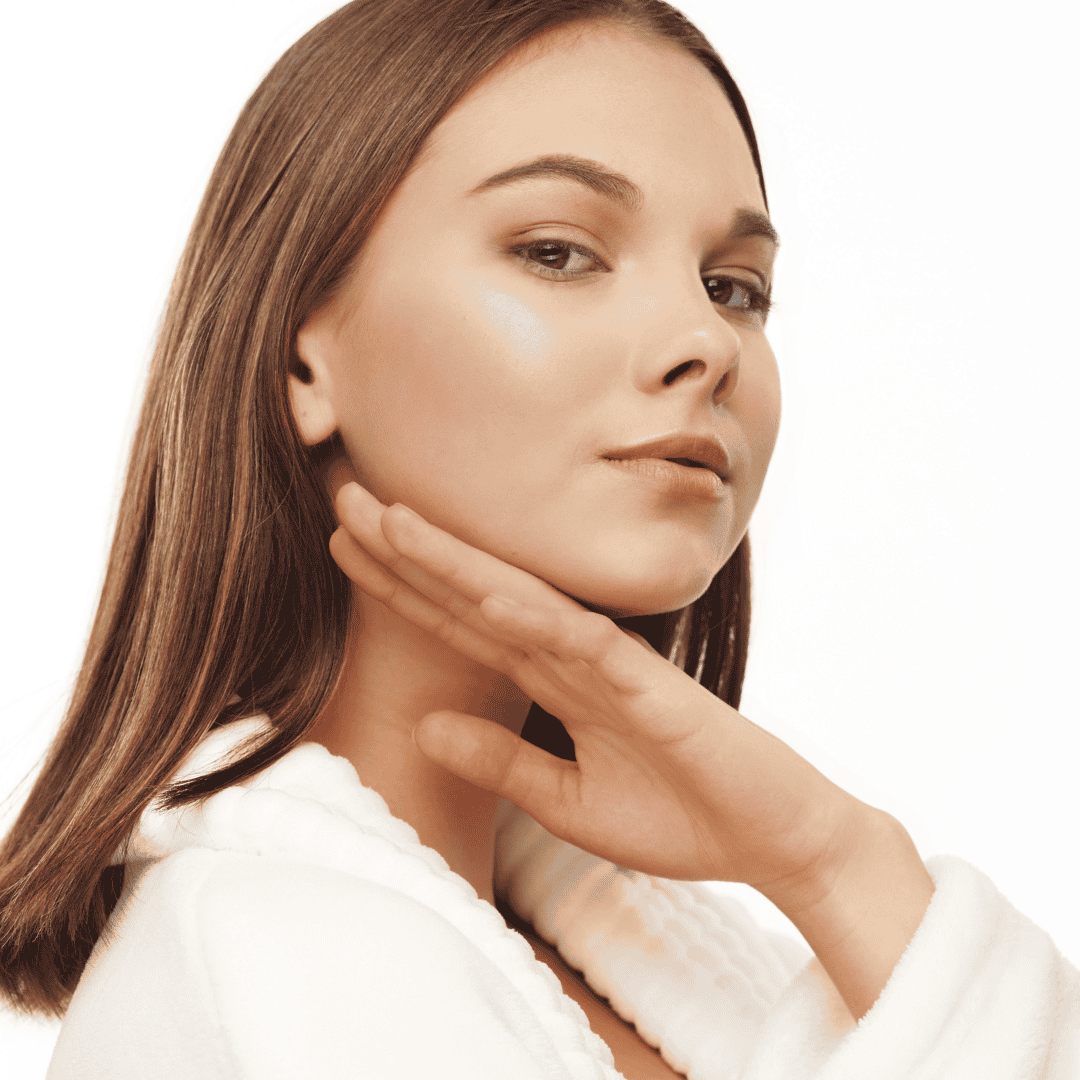
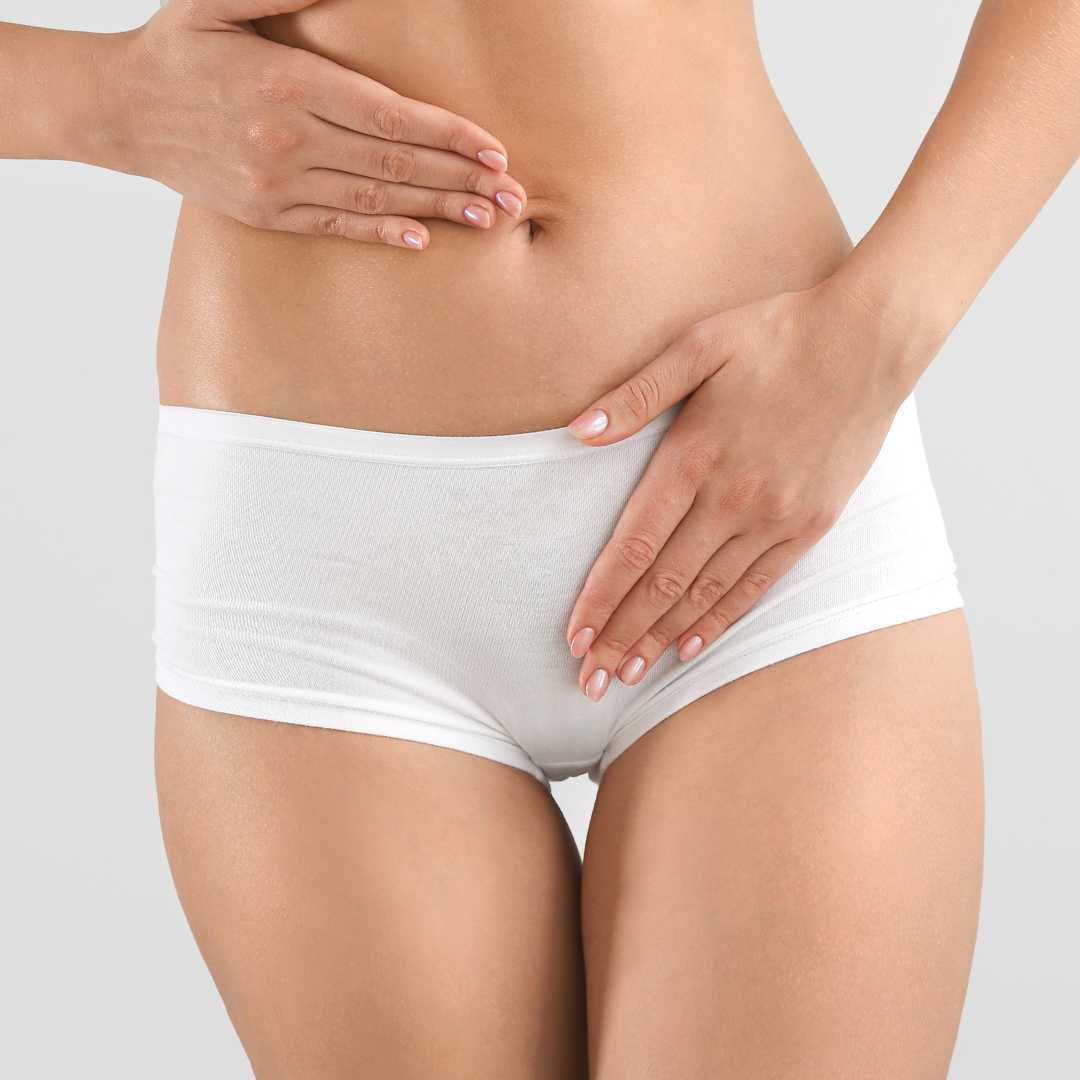
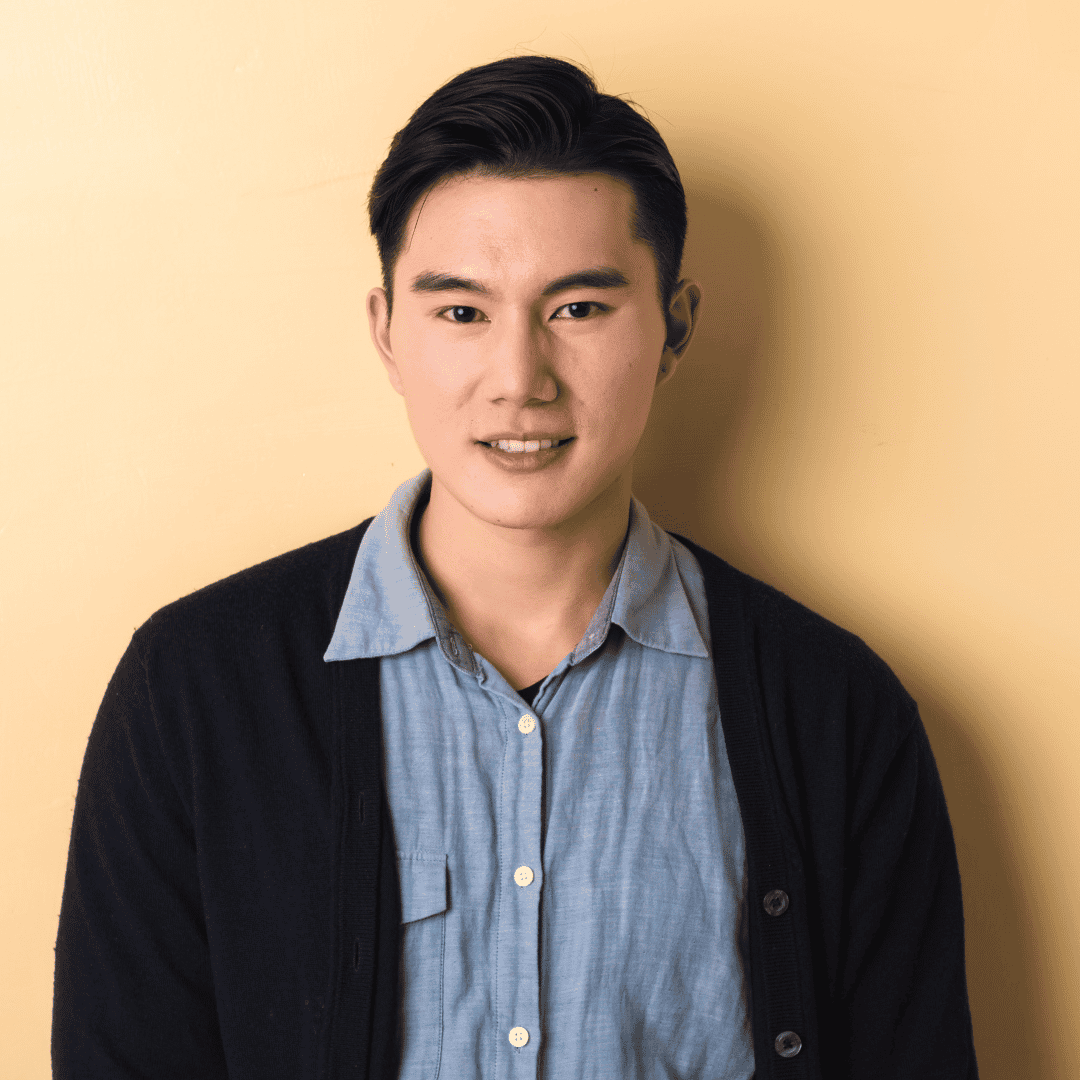
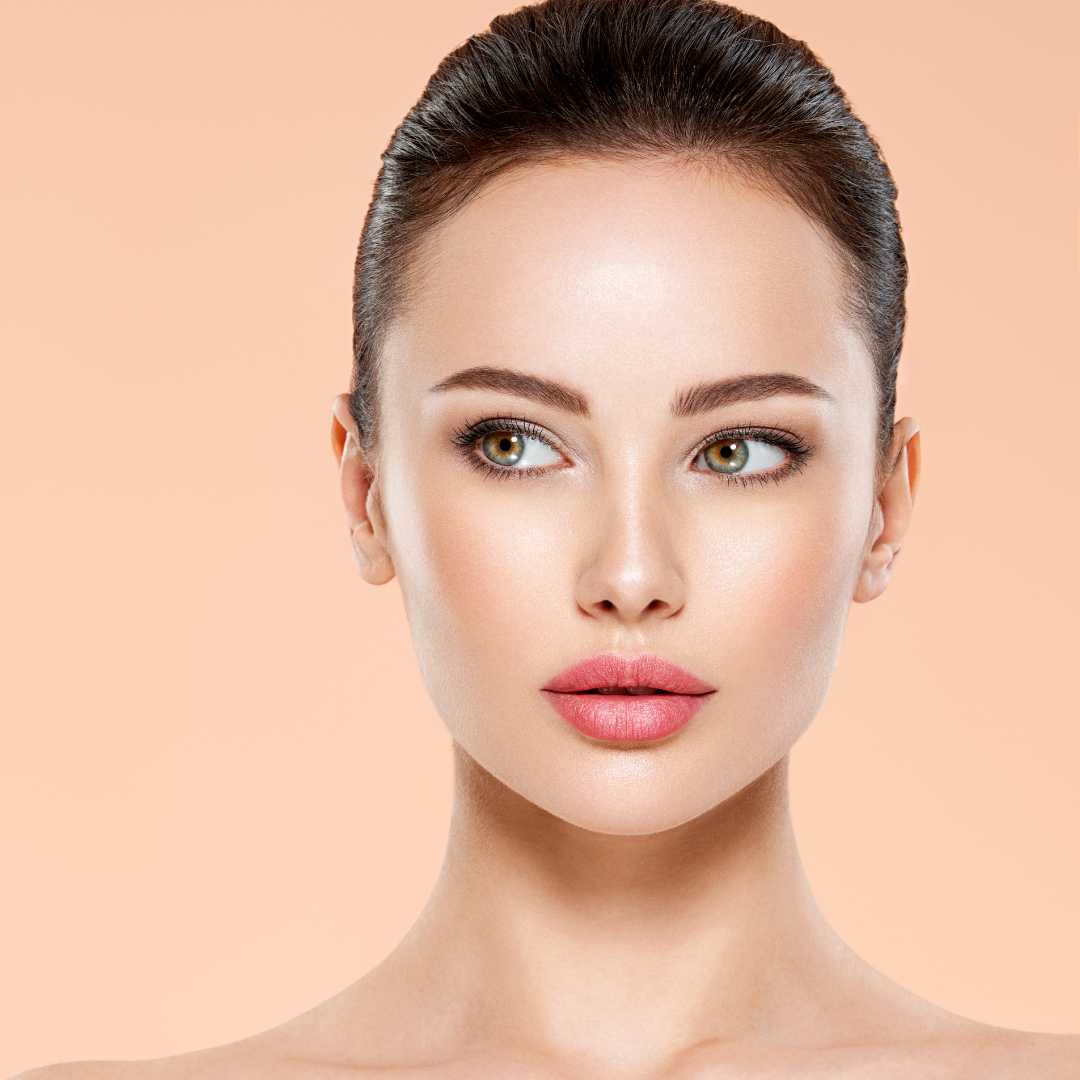
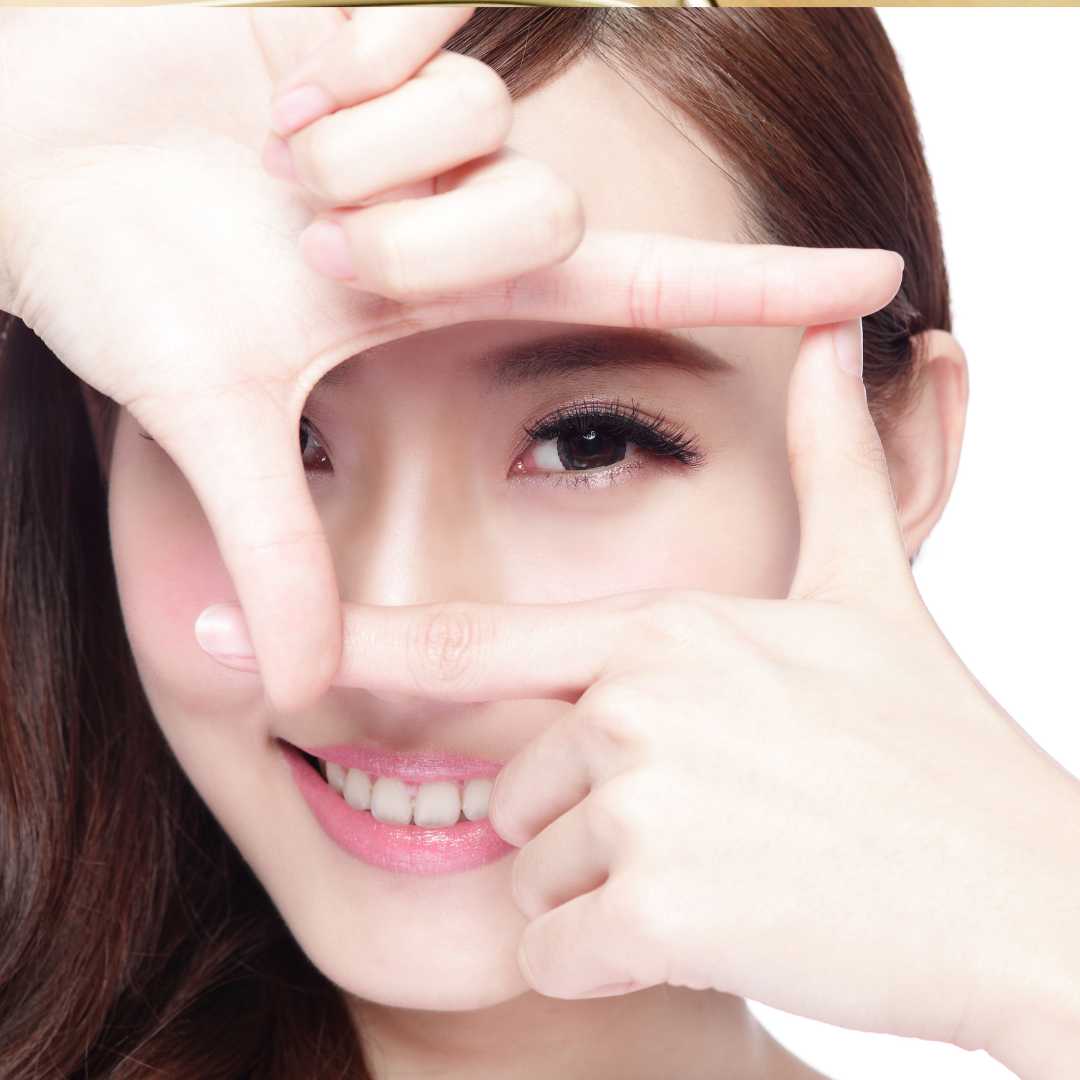
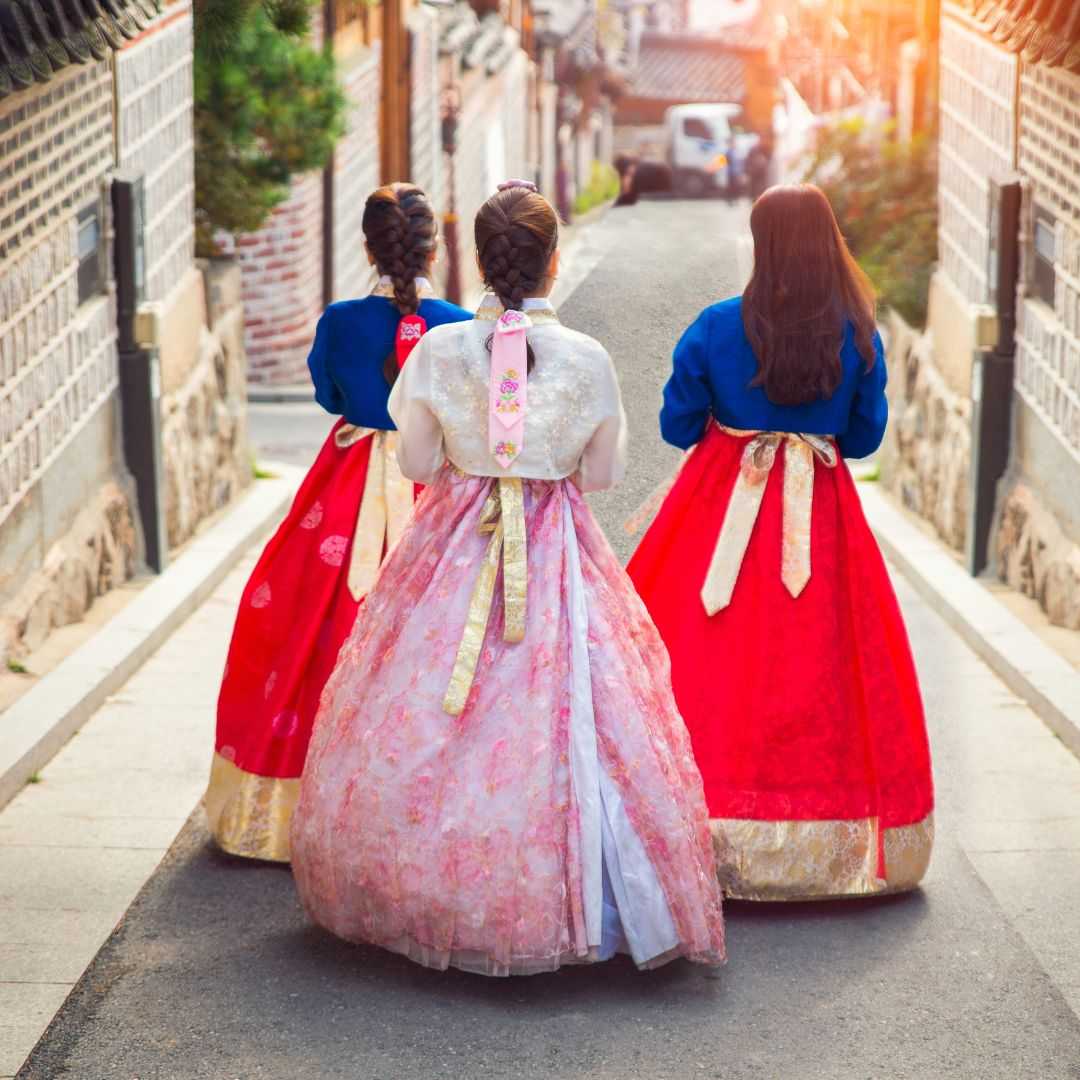
.png)
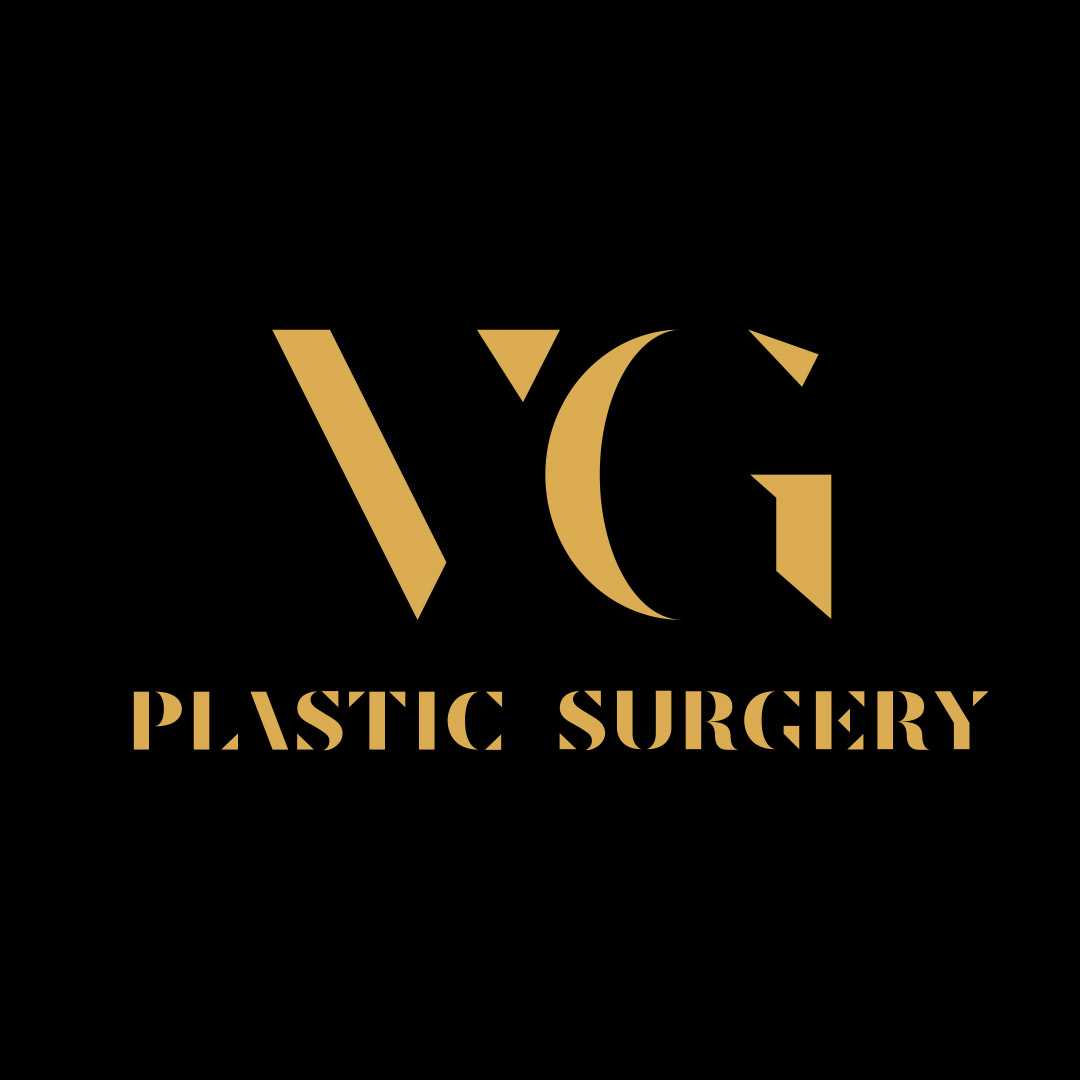
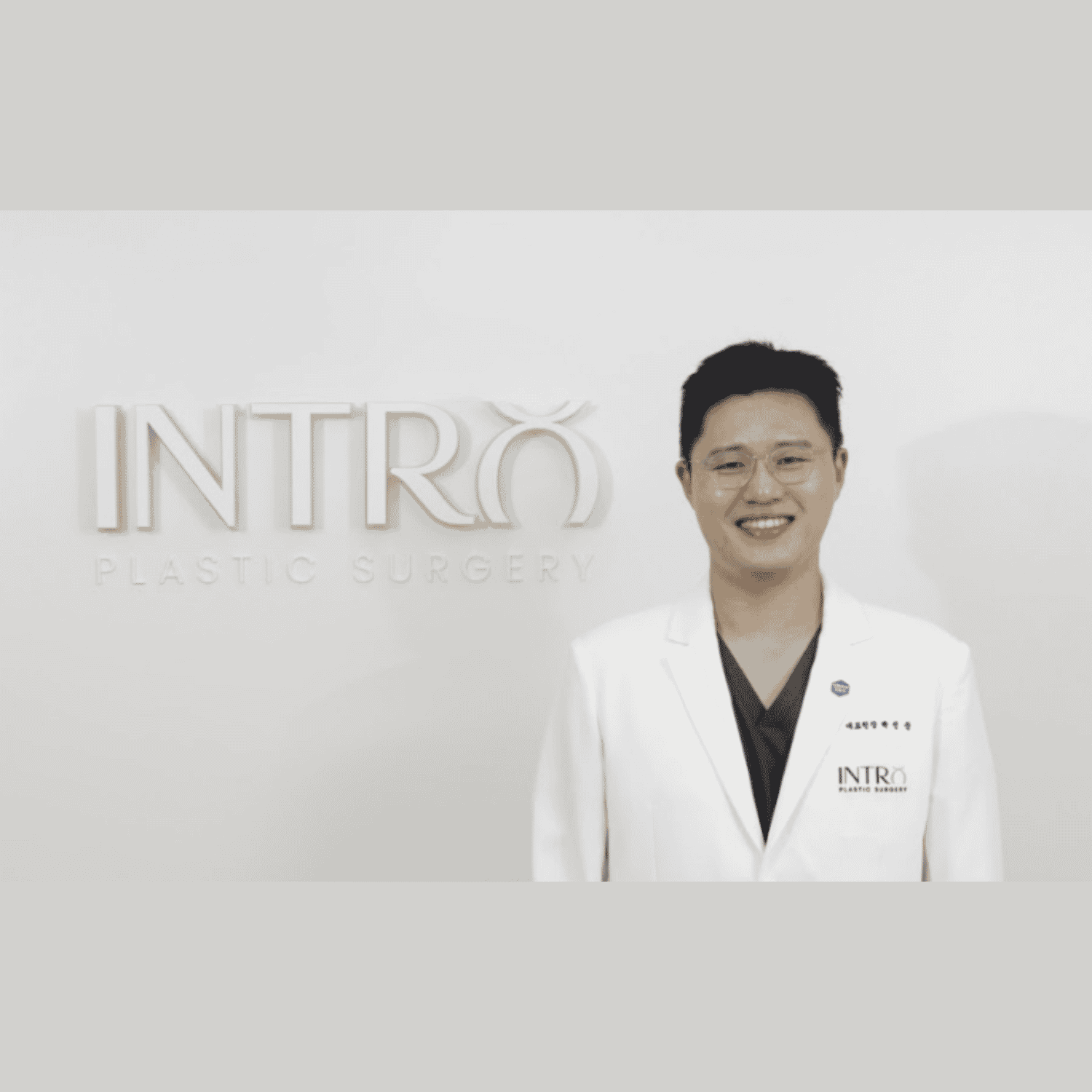
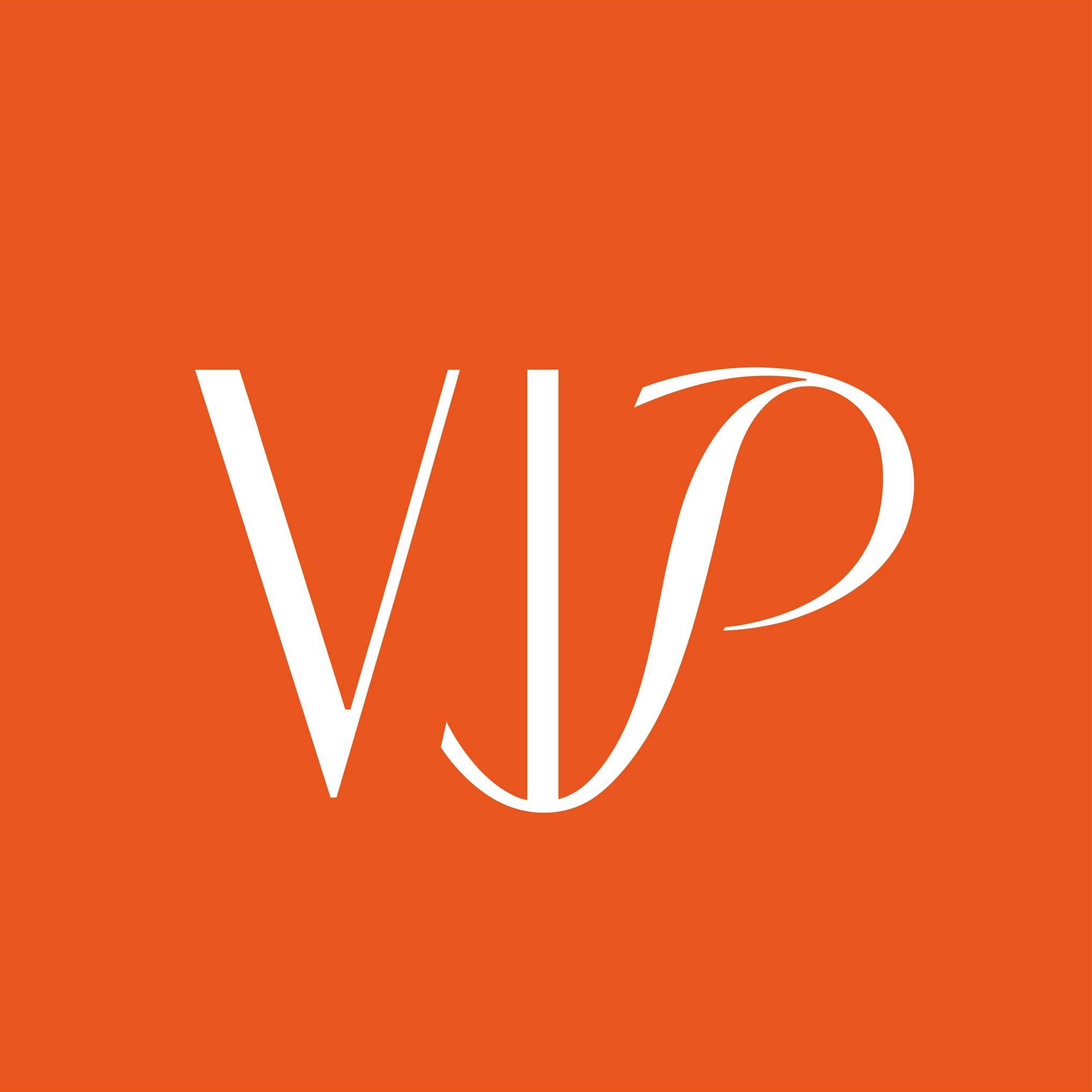

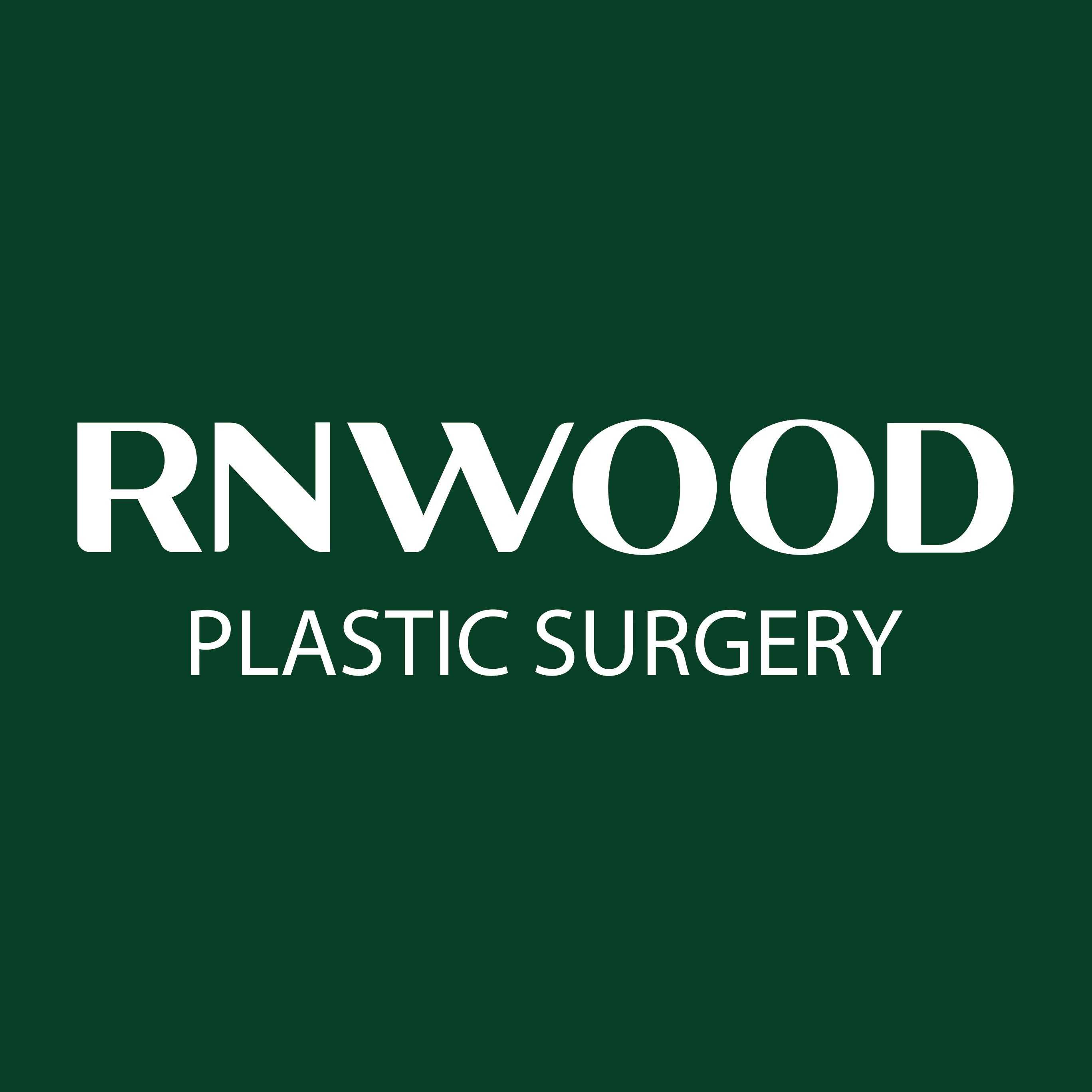

Share this listing